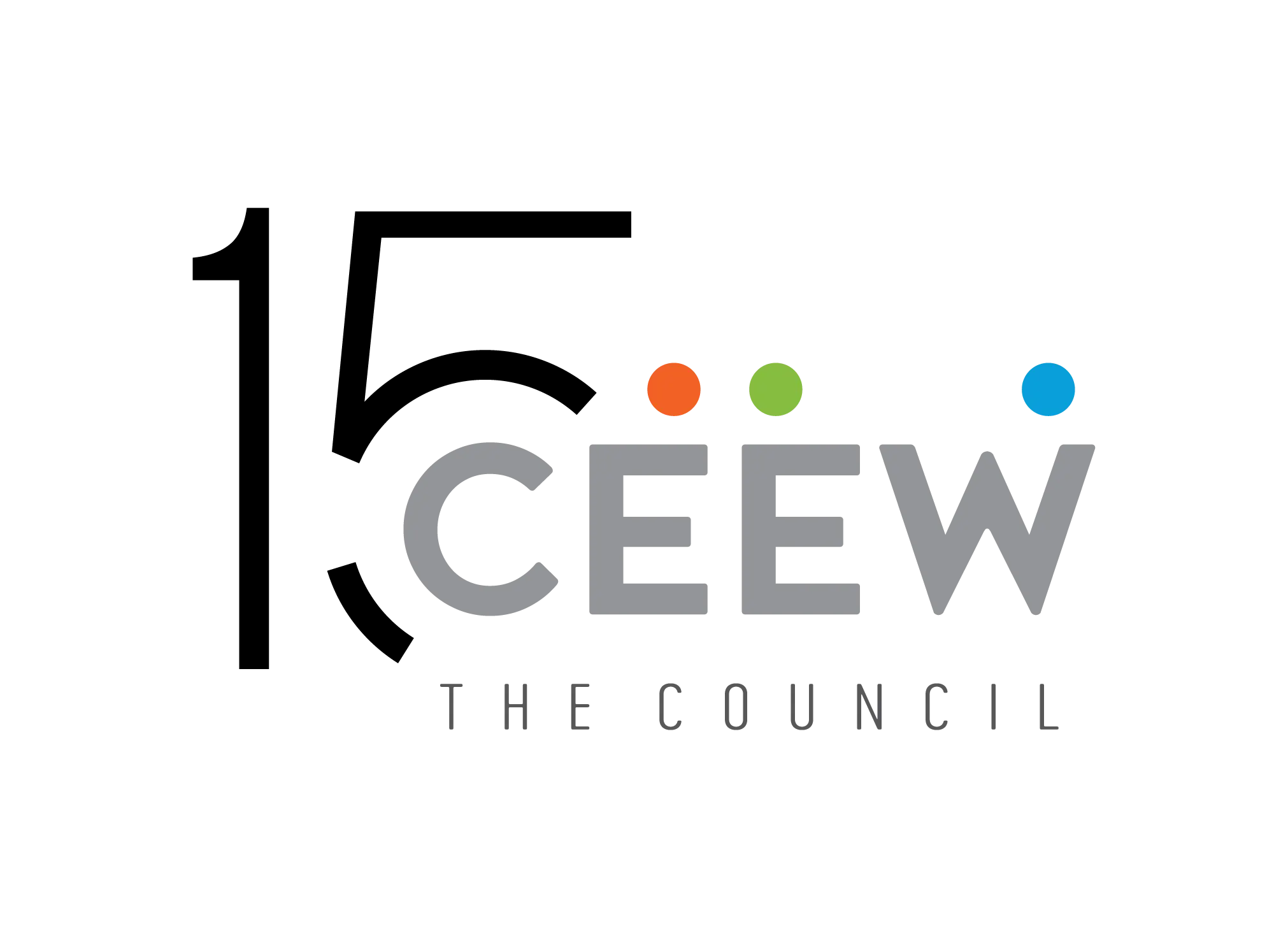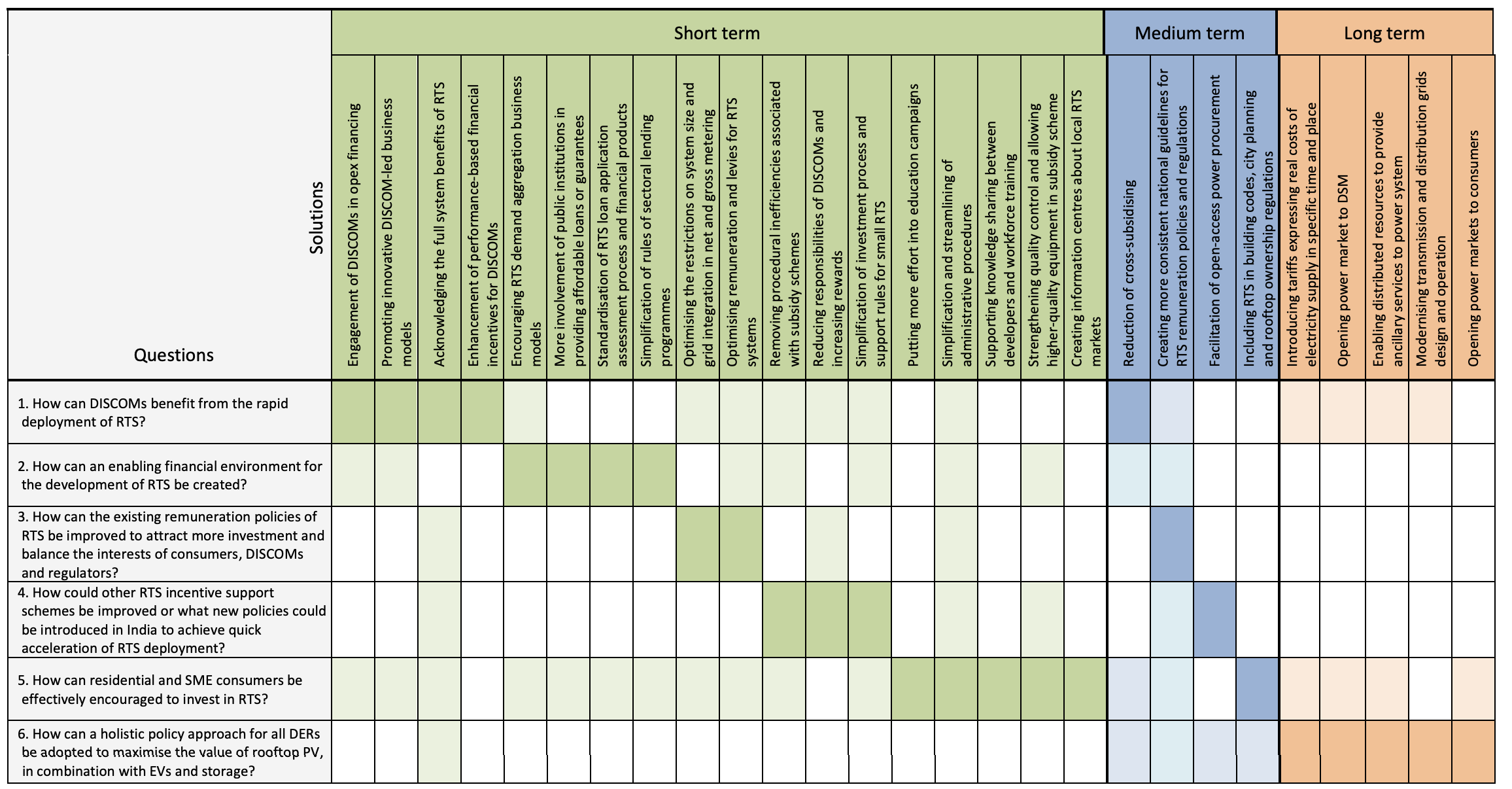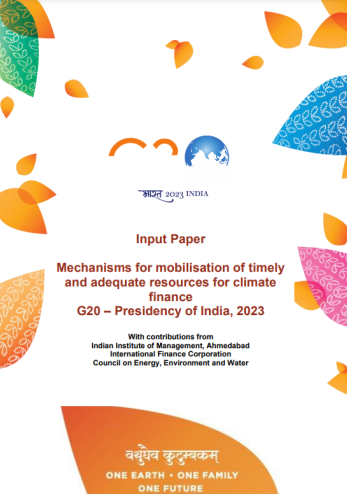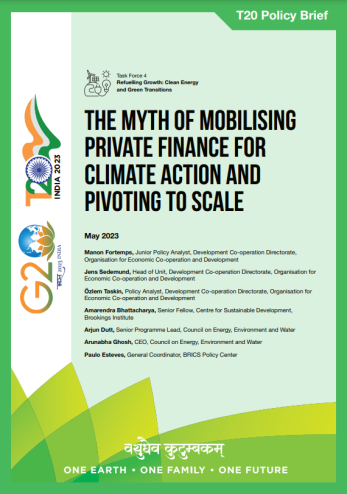



Suggested citation: IEA and CEEW. 2021. Unlocking the Economic Potential of Rooftop Solar PV in India. Paris: IEA
This report captures the insights of the workshop, ‘Unlocking the economic potential of rooftop solar energy in India’ conducted by the Council on Energy, Environment and Water (CEEW) and the International Energy Agency (IEA), in collaboration with the Ministry of New and Renewable Energy (MNRE) of India. It aims to answer the following six questions on the acceleration of rooftop solar (RTS) expansion in India, and outlines detailed policy options, business solutions, and administrative modifications for the rapid deployment of RTS.
1. How can DISCOMs benefit from the rapid deployment of RTS?
2. How can we make the current financial environment more conducive to the development of RTS?
3. How can we improve existing remuneration policies to attract more investment and balance the interests of consumers, DISCOMs and regulators?
4. How can other RTS support schemes be improved? What new policies can we introduce in India to achieve quick acceleration of RTS deployment?
5. How can we effectively encourage residential and small or medium-sized enterprise (SME) consumers to invest in RTS?
6. How can we adopt a holistic policy approach for all distributed energy resources (DERs) to maximise the value of RTS in combination with electric vehicles (EVs) and storage?
Here are six quick-effect solutions for the challenges outlined above. Most of these could accelerate the deployment of RTS in the next one to two years, and do not require the implementation of structural changes in central or state regulatory frameworks.
The rooftop solar photovoltaic (RTS) sector plays a crucial role in achieving India’s ambitious renewable energy targets by 2022 and beyond. However, the progress of residential, commercial and industrial applications has been slow compared with utility-scale solar PV and onshore wind power. Policy, regulatory and administrative challenges at both central and state levels, as well as limited financing options and reluctance of utility distribution companies (DISCOMs), hamper the faster expansion of rooftop installations. To discuss and address some of these challenges, the International Energy Agency (IEA), in collaboration with the Council on Energy, Environment and Water (CEEW) and the Ministry of New and Renewable Energy (MNRE) of India, organised an online workshop titled “Unlocking the economic potential of rooftop solar energy in India” on 12 October 2020. The workshop brought together the central and state-level policy makers of India, business communities, regulators, and DISCOMs, along with international experts from Australia, Brazil, Germany and the United States.
This report is based on the insights of the workshop’s participants, supplemented by the outcome of additional analysis by IEA and CEEW. It aims to answer six key questions regarding the acceleration of RTS expansion in India, and offers detailed policy options, business solutions and administrative modifications for the rapid deployment of RTS. Most of the proposed solutions could accelerate the deployment of RTS in the next one to two years, and do not require the implementation of structural changes in the central or state regulatory frameworks. These quick-effect solutions are presented below.
Includes promoting DISCOM-led business models focused on aggregating demands for RTS systems by taking advantage of the existing relationships of DISCOM with customers, developing methodologies for the assessment of RTS benefits in DISCOMs’ grids and enhancing central performance-based incentives for DISCOMs.
Includes increasing the involvement of private and public institutions in providing affordable loans and guarantees, standardising RTS loan applications and their appraisal and assessment processes, and simplifying the rules of sectoral lending programmes.
Includes increasing the limits on the allowed system capacity without jeopardising grid stability, balancing revenues of RTS owners, and levies for grid utilisation. The objective is to ensure an attractive return of investment in all consumer segments, and promote self-consumption through designing new remuneration rules.
Includes relaxing requirements to avail subsidy schemes for residential consumers, reducing responsibilities of DISCOMs in promoting RTS, disbursing subsidies and simplifying the investment process from the consumer’s perspective.
Includes expanding education campaigns, simplifying administrative procedures, increasing the availability of information on the RTS market, and promoting high-quality equipment and services.
The above-mentioned proposed actions result in benefits for both DISCOMs and RTS owners. DISCOMs would be rewarded for fully engaging in RTS adoption in their area of operation. On the consumers’ side, policies facilitating the implementation of existing rules and access to affordable financing would increase their interest. Overall, policy design should offer attractive remuneration to RTS owners, while providing enough revenues to DISCOMs for the maintenance of distribution grids and preparation of necessary infrastructure for rapid expansion of RTS.
In addition, this report also includes guidelines on how the regulatory and market environment could evolve in India to support the RTS sector over the medium and longer terms. Implementation of these solutions is more demanding, although necessary to achieve a sustainable growth of RTS and reach the long-term renewable energy and climate targets
Includes harmonisation of rules for supporting RTS across the country, facilitating open-access power procurement for RTS systems, stimulating the demand for rooftop projects through suited building codes and cityplanning procedures, and reducing cross-subsidies in electricity tariffs while providing protection to vulnerable consumers through other channels.
Long-term electricity market reforms in India should take a comprehensive approach, aiming to efficiently integrate all distributed energy resources (DERs) and prepare the Indian electricity system for significantly larger roles of electric vehicles and battery storage. Experiences from highly advanced power markets suggest that reaping the full benefits of DERs requires changes in the structural system such as implementation of dynamic tariffs and market-based, demand-oriented management techniques, and enabling participation of DERs in shortterm balancing markets. Long-term policy should also support grid investments; digitalisation; widespread deployment of smart, real-time metering; and development of advanced capabilities for dynamic system control, analysis, modelling and forecasting. Supporting further integration of DERs will enable India to create an efficient power system of the future. India has already made significant efforts in creating a favourable policy and regulatory environment for development of RTS. The introduction of only limited changes in the existing policies and regulations, and their implementation, could allow significant and rapid acceleration in the growth of RTS capacity, as observed in several other countries. Success in enhancing the adoption of RTS could be a cornerstone of building policy and technical framework for a new, sustainable, reliable, secure and more efficient Indian power system driven by DERs.
List of challenges and corresponding solutions with potential to impact RTS deployment in the short, medium and long terms
 Note: Dark colour indicates the main challenges addressed by each solution and light colour indicates areas of secondary positive effects. Source: IEA and CEEW analysis.
Note: Dark colour indicates the main challenges addressed by each solution and light colour indicates areas of secondary positive effects. Source: IEA and CEEW analysis.
Achieving significant acceleration of RTS deployment in India will require finding the answers to six key policy and regulatory questions that were identified during the workshop titled “Unlocking the economic potential of rooftop solar in India” and through additional analysis by the IEA and CEEW.
Fortunately, a wide range of possible answers could be derived from good international and Indian examples, consultations with various Indian RTS stakeholders, and analytical works by the IEA and CEEW. Considering the short time left for India to achieve its 2022 renewable targets, the majority of proposed solutions do not require structural changes in the central or state regulatory frameworks and could result in faster RTS growth in the next one to two years.
To achieve this, the actions taken by policy makers and RTS market participants in the short to medium term should focus on enhancing economic incentives for DISCOMs to support RTS deployment. Reluctance of DISCOMs in supporting RTS development is often the main reason for the slow uptake of RTS, especially in residential and commercial segments. Encouraging innovative DISCOM-led RTS business models, expanding DISCOMs’ RTS benefits assessment capabilities, improving central incentives to DISCOMs and optimising RTS remuneration schemes should allow DISCOMs to gain and ensure support from RTS adoption.
At the same time, to improve access to financing for consumers interested in RTS investment, relevant institutions should encourage RTS demand aggregation; standardise and simplify RTS loan application processes in public, private and multilateral banks; and increase their involvement in providing affordable loans and guarantees. Easy access to affordable financing should greatly increase the ability of residential and commercial consumers to invest in RTS.
Moreover, the current rules of RTS remuneration schemes should be carefully reconsidered to provide more balance in sharing of RTS costs and benefits among all power system users and DISCOMs. Optimising remuneration rules to ensure RTS attractiveness to consumers, while providing fair remuneration for DISCOMs and minimising RTS impact on grid stability, are not easy tasks. It should be undertaken very carefully, with consideration of the interests of all stakeholders. However, solutions such as net billing could provide the requisite flexibility to achieve a much-needed balance among various stakeholders.
In parallel, more effort is required in streamlining the RTS investment process and disbursement of subsidies, as well as promoting RTS among residential and SME consumers. From a consumer’s perspective, investing in RTS should be as simple as possible, with a minimal number of required actions and short processes. Furthermore, well-informed consumers should be much more eager to invest in RTS. Vendors or installers with high market visibility should be able to expand their businesses more confidently in a cost-effective manner.
Introducing proposed solutions should allow India to build a thriving RTS market and considerably accelerate its capacity growth in the medium term. However, policy makers should already plan the next phase of the power system driven by the rise of DERs in the long term. The popularisation of RTS, distributed energy storage and EVs will cause drastic changes in the operation of power systems. The preparation of policy and regulatory framework for such a shift will allow reaping the full benefits of RTS and promote the building of the sustainable, efficient, reliable and secure Indian power system of the future.
List of challenges and corresponding solutions with potential to impact RTS deployment in the short, medium and long terms
 Note: Dark colour indicates the main challenges addressed by each solution and light colour indicates areas of secondary positive effects. Source: IEA and CEEW analysis.
Note: Dark colour indicates the main challenges addressed by each solution and light colour indicates areas of secondary positive effects. Source: IEA and CEEW analysis.

Developing An Effective Carbon Market Framework Towards The Achievement Of Net-Zero In India

Mechanisms for Mobilisation of Timely and Adequate Resources for Climate Finance

The Myth of Mobilising Private Finance for Climate Action and Pivoting to Scale